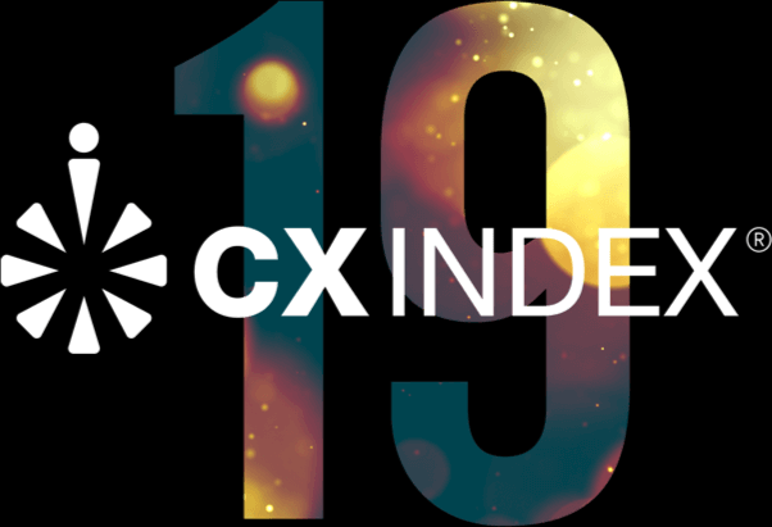
The most recent UK Customer Experience Index* from Forrester breaks a three-year trend that was showing things had stagnated. The 2019 headline is a little brighter in claiming that overall customer experience has started to improve again in the UK.
Tesco Mobile claimed this year’s overall top spot, deposing three-time top performer Nationwide Building Society, which fell to number four. Amazon climbed back to number one in the digital retailer industry.
Of the 36 brands, 17 gained points whilst none declined significantly. The percentage of good scores increased from 11% to 31%, decreasing the percentage of OK scores. What’s more, this broad trend crossed industries: in four of the five industries in the Index, at least half of the brands improved.
“Although the overall customer experience quality has improved, no brand has risen to the top of the ranking and continued to improve, which would be the mark of a true CX leader,”
said Joana van den Brink-Quintanilha, Principal Analyst at Forrester.
So, is there something missing that would provide a breakaway advantage? According to Forrester, the real driver of brand loyalty is not effectiveness or ease, but emotion.

The report states that brands wanting to break away from their competitors should focus on emotion to achieve CX leadership. An experience that makes customers feel happy, respected or valued is proven to have a bigger influence on their brand loyalty than effectiveness or ease in almost every industry.
Unfortunately according to Temkin research, this is also the least developed CX competency.

So, to my mind, it is straight forward. If you want to reach the top of Forrester’s CX Index and stay there, make emotion central to your CX initiatives and focus your efforts on the times when brands and customer interact.
2019 saw an alpha group including Atom Bank, John Lewis, L&Q, Northumbria Water, Wonderbill and Coors Molson develop proof of concept plans to do just that. 2020 gains momentum with more brands opting for open courses and a new in-house version. Both use an online blended learning platform to facilitate internal collaboration and ongoing mentoring.
Here is the agenda that drives the outputs. Over six months they slot together as your proof of concept plan . If you opt for the in-house version of the course, there is nothing to stop you getting to that point even earlier.

Please get in touch if you want to move the dial on your emotive connection with customers and the impact this can have on advocacy and commercial value. I’d love to explain how and why the course works.
Don’t you think it’s time to close that gap and make emotion management a competitive advantage?
* Based on a survey of 9,050 U.K. online adult consumers, Forrester’s CX Index measures and ranks 36 U.K. brands across five industries (banking, auto/home insurance, wireless providers, digital retailers, and multichannel retailers) to identify how well a brand’s customer experience strengthens the loyalty of its customers.




